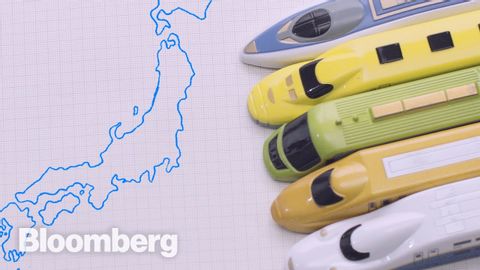日本を変えた新幹線!新幹線は鉄道の旅をどのように変えたのか
Samuel が 2022 年 01 月 19 日 に投稿  この条件に一致する単語はありません
この条件に一致する単語はありませんUS /ɪˈkwɪvələnt/
・
UK /ɪˈkwɪvələnt/
- adj.同等の;同義の
- n.等価 : (効果 : 価値などが)同等のもの
- v.t.取り組む;タックルする : 組みつく
- n. (c./u.)釣りの道具;索具 : 綱具;タックル
US /'skeptɪkəl/
・
UK /'skeptɪkəl/
エネルギーを使用
すべての単語を解除
発音・解説・フィルター機能を解除
